Do much course work in education and you’ll soon find yourself covering some of the same names in various classes: Piaget, Vygotsky, Erikson, Binet, Skinner, Kohlberg, and the list goes on.
It’s frustrating to cover the same material in course after course, but the advantage is that it sits solidly in your head, and you find yourself thinking about it at the oddest times.
For example, L and I sit down to play chess. Our chess is usually random motions of random pieces, but instructive all the same: she learns that we take turns, and that the object of the game is to defeat your opponent by taking pieces. It’s fun, but her attention span usually only last a few minutes before it’s time to have “tea” or feed her baby or any number of other priorities.
Today, we try something new. I tell her I’m going to set up pieces on my end of the board, and she needs to try to copy them on her end. A real challenge, to be sure. It is quite taxing on her spacial intelligence, for I am asking her to create a mirror image, which requires quite a bit of mental spacial manipulation.
I think of Piaget and Erikson — does she have the mental development for the task at hand. Technically, those gentlemen would probably say, “No.”
“She’s still at the very beginning of the preoperational state,” Piaget says.
Forget ed psych — let’s have some challenging fun.
The beginning is slow, and it takes her a good ten minutes to figure out that she’s supposed to be mirroring my pieces. But she puts everything together slowly, and it’s obvious she can do it.
More importantly, Â she loves it. And I figure it must be in her “zone of proximal development,” for she’s having great difficulty, but slowly she’s mastering it.
“Let’s do it again!”
And so we do it many times. Each time, I alter the order in which I put the pieces on the board. First one pawn, then the other, then a knight and bishop beside each other before moving to the other side. Sometimes a mix of major pieces and pawns.
Toward the end, I give her the real challenge: most of the major pieces and some of the pawns are on the board when I tell her, “Figure it out.”
She looks at my pieces, looks at her own, back at mine, and suddenly, in a flash, her side of the board is perfect.
Once we get the piece positioning down, we’ll start learning how the pawns move.
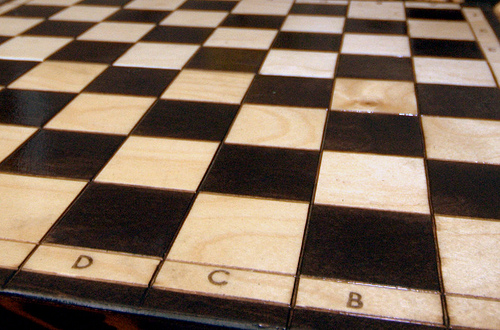
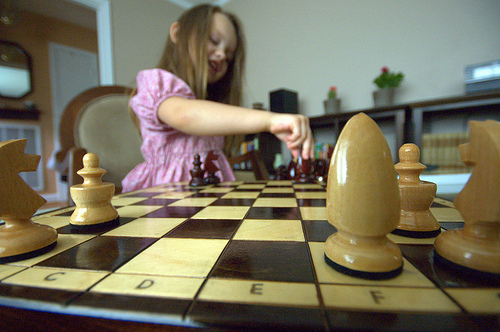
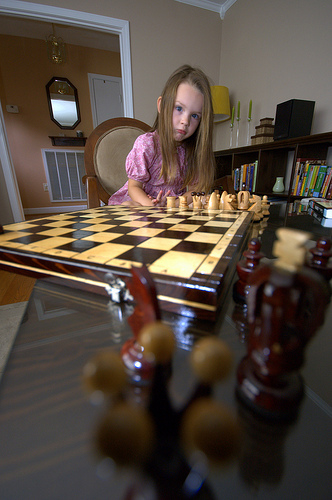
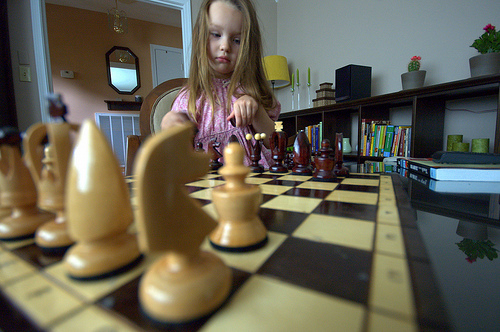
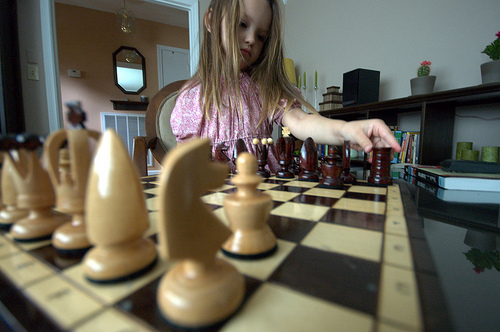
0 Comments